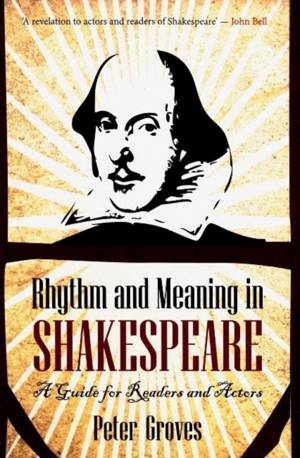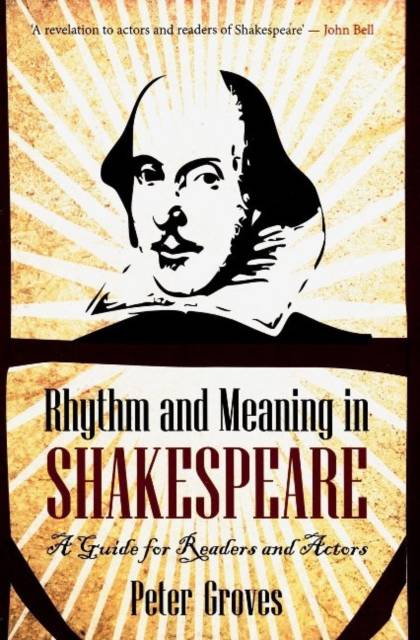
- Afhalen na 1 uur in een winkel met voorraad
- Gratis thuislevering in België vanaf € 30
- Ruim aanbod met 7 miljoen producten
- Afhalen na 1 uur in een winkel met voorraad
- Gratis thuislevering in België vanaf € 30
- Ruim aanbod met 7 miljoen producten
Zoeken
Omschrijving
How did Shakespere intend that his plays be read? Rhythm and Meaning in Shakespeare explores the rhythmical organisation of Shakespeare's verse and how it creates and reinforces meaning both in the theatre and in the mind of the reader. Because metrical form in the pentameter is not passively present in the text but rather something that the performer must co-operatively re-create in speaking it, pentameter is what John Barton calls "stage-direction in shorthand", a supple instrument through which Shakespeare communicates valuable cues to performance. This book is thus an essential guide for actors wishing to perform in his plays, as well as a valuable resource for anyone wishing to enhance their understanding of and engagement with Shakespeare's verse.
Specificaties
Betrokkenen
- Auteur(s):
- Uitgeverij:
Inhoud
- Aantal bladzijden:
- 224
- Taal:
- Engels
- Reeks:
Eigenschappen
- Productcode (EAN):
- 9781921867811
- Verschijningsdatum:
- 1/07/2013
- Uitvoering:
- Paperback
- Formaat:
- Trade paperback (VS)
- Afmetingen:
- 152 mm x 231 mm
- Gewicht:
- 362 g

Alleen bij Standaard Boekhandel
+ 75 punten op je klantenkaart van Standaard Boekhandel
Beoordelingen
We publiceren alleen reviews die voldoen aan de voorwaarden voor reviews. Bekijk onze voorwaarden voor reviews.








